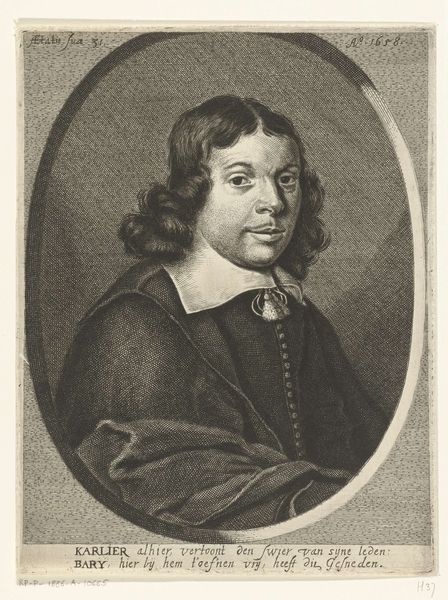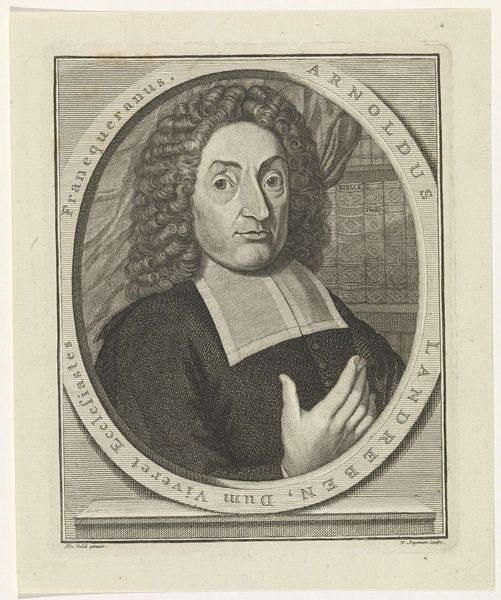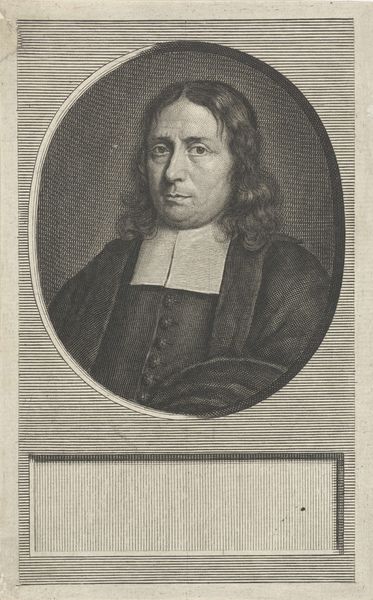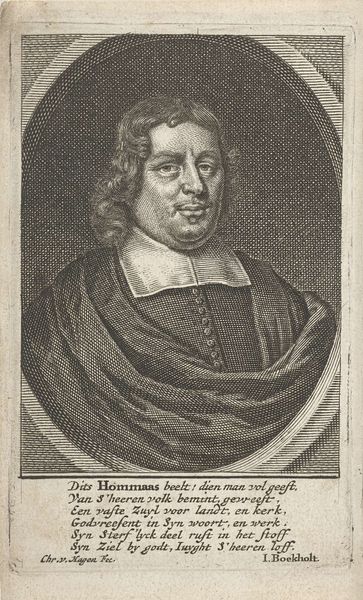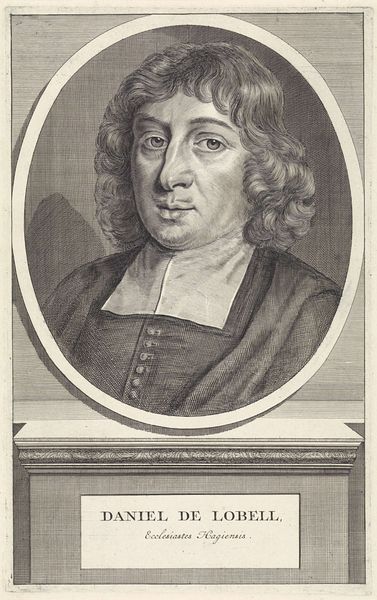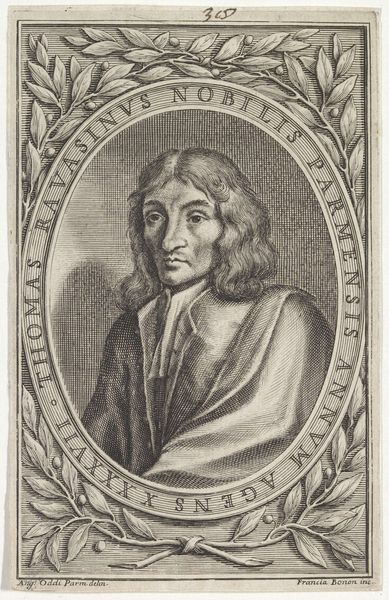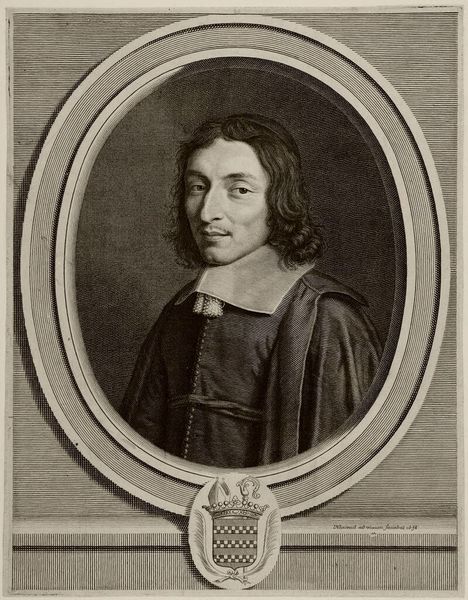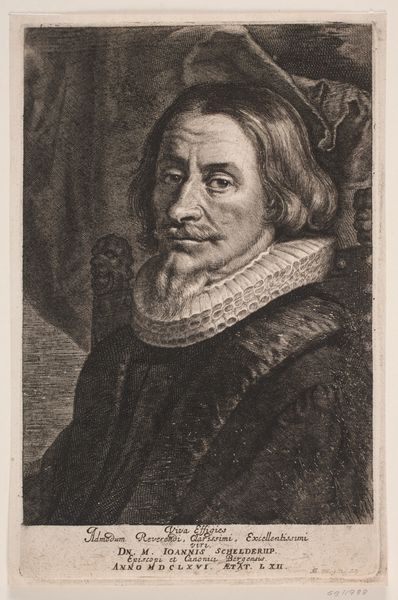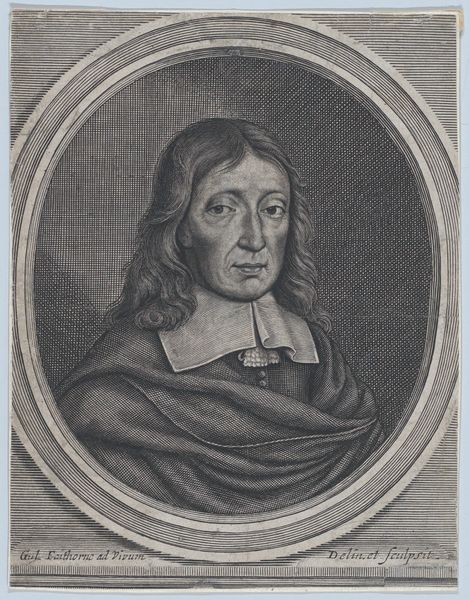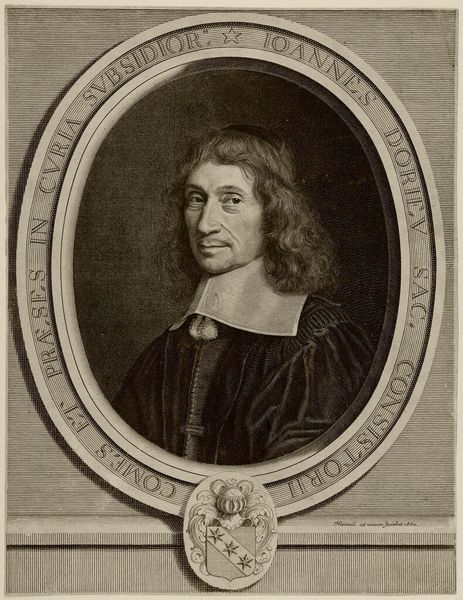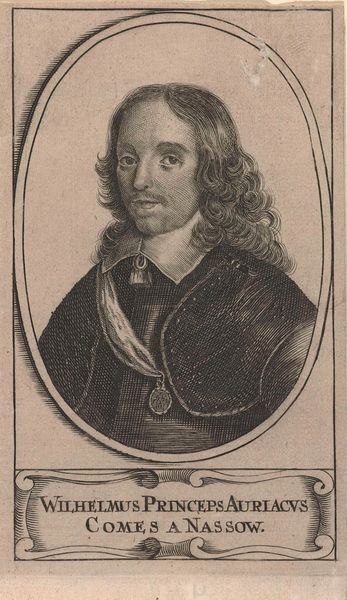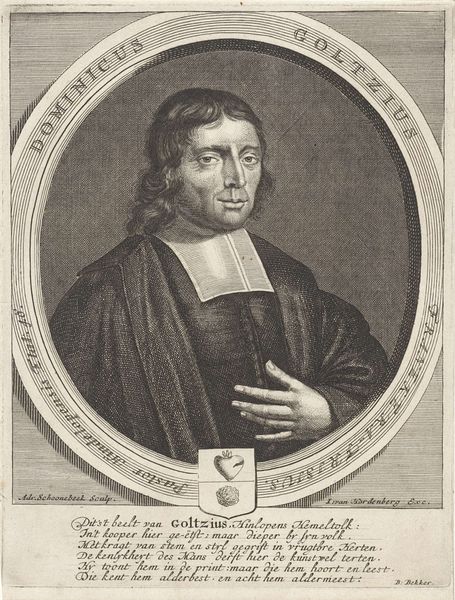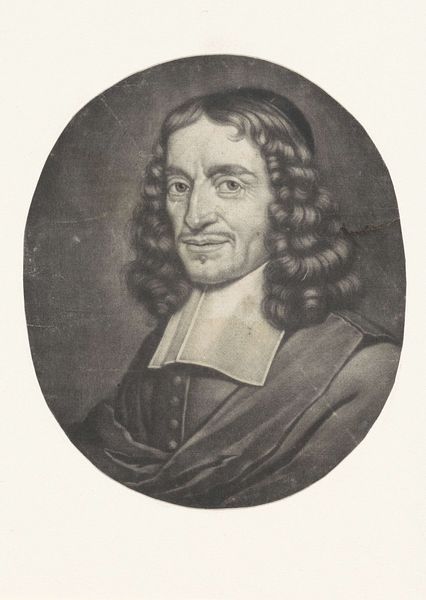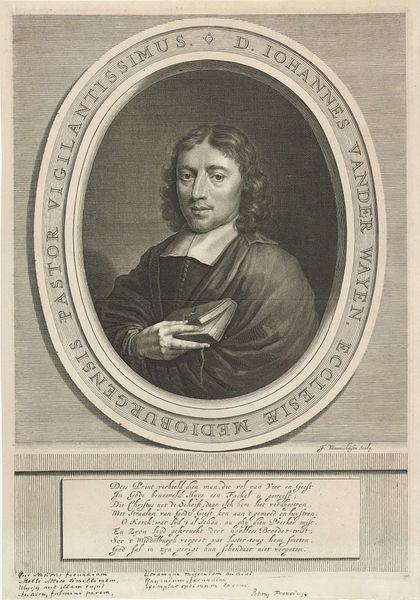
engraving
#
portrait
#
baroque
#
dutch-golden-age
#
engraving
Dimensions: height 113 mm, width 82 mm
Copyright: Rijks Museum: Open Domain
Editor: So, here we have Hendrik Bary's "Self-Portrait with Cap" from 1660, created using engraving. I find it interesting how detailed he made the face and clothing considering he was working with, essentially, carving lines into a plate. What should we make of this work? Curator: What interests me most is the production of this image within its socio-economic context. Engravings like this were reproducible. Think of the implications! Bary wasn't just making an image, he was participating in a burgeoning visual economy. Editor: Visual economy? You mean the market for images? Curator: Precisely. This portrait is a commodity, reproducible and circulating within a network of workshops, publishers, and consumers. How does Bary’s labor as an engraver, the materiality of the copper plate, and the accessibility of printed images challenge notions of artistic originality and value? Editor: So, rather than focusing on his individual skill, we think about it as part of a larger production? What would an original oil painting represent at the time? Something entirely different? Curator: Exactly! Oil painting retained an aura of unique craftsmanship. Engravings, on the other hand, signaled accessibility and exchange. Consider the distribution networks involved – how many hands touched this image before it reached a collector? This speaks volumes about art’s place in 17th-century Dutch society. Editor: So, seeing it less as an isolated work of genius and more as part of a system of production and consumption... Curator: Yes, exactly! By emphasizing the processes involved, we see how Bary was deeply implicated in, and shaped by, the social and economic forces of his time.
Comments
No comments
Be the first to comment and join the conversation on the ultimate creative platform.
